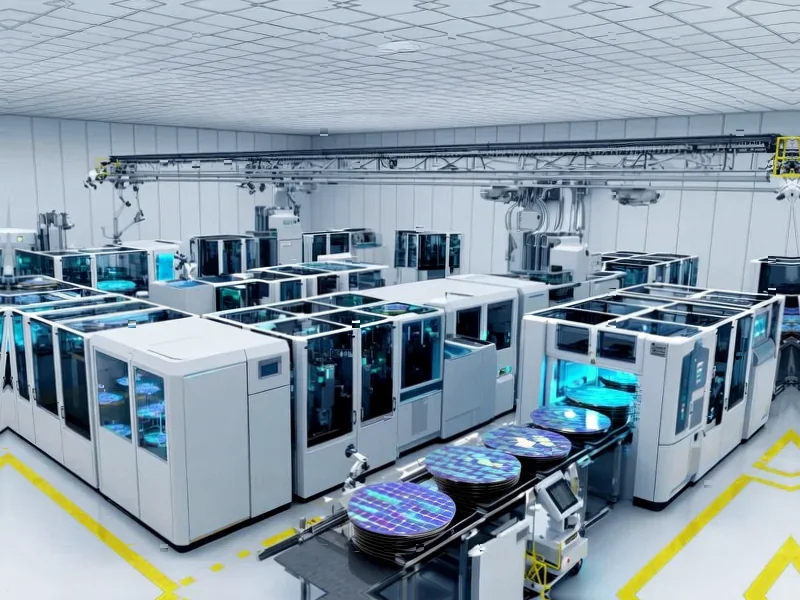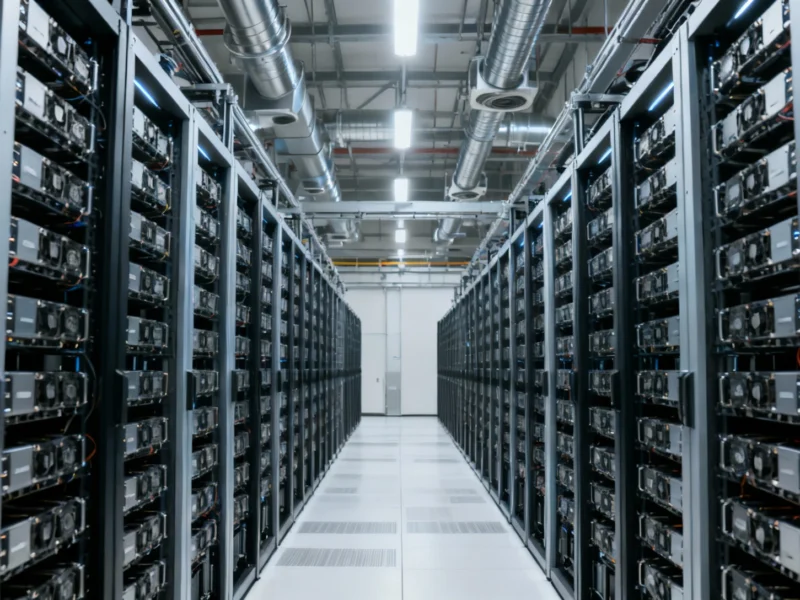According to Forbes, MIT research reveals only about 5% of embedded AI deployments actually produce measurable business value, highlighting the growing gap between AI hype and real results. Persado co-founder Assaf Baciu explained that banks spend approximately 27 million hours annually just approving marketing language, with one client reducing week-long review cycles to just hours using AI workflow solutions. Jasper’s new Grid platform represents this shift toward treating AI as infrastructure rather than isolated tools, with CEO Timothy Young describing it as turning “content production into a growth system rather than an operational hurdle.” The company estimates its approach has generated over $2.5 billion in incremental revenue for financial services customers by optimizing entire pipelines rather than just adding AI at the source.
<h2 id="the-real-bottleneck”>The Real Bottleneck
Here’s the thing everyone’s missing: we’ve been staring at the wrong part of the problem. Companies keep buying smarter AI models expecting magic to happen, but they’re pouring water into a hose full of kinks. The constraint isn’t at the source—it’s everywhere downstream.
Think about that banking example. 27 million hours spent on compliance reviews? That’s not a content problem, that’s a workflow disaster. And when marketing teams recycle old language just to avoid the compliance nightmare, they’re basically choosing safety over growth. No wonder AI point solutions fail—they’re trying to add horsepower to a car with flat tires.
Where The Money Actually Is
So where’s the real value? It’s in the connections, not the components. Persado’s banking results show what happens when you fix the entire pipeline: week-long processes collapse into hours, and suddenly that AI-generated content actually reaches customers instead of dying in approval purgatory.
But Baciu’s most fascinating insight is what comes next. He predicts consumers will soon have AI agents acting as “mini-CFOs” that automatically move money for better rates. A third of banking business runs on customer inertia, and AI will destroy that. When friction disappears, entire business models have to change.
From Point Solutions To Systems
This is exactly what Jasper’s Grid launch understands. They’re not selling another chatbot—they’re building structured environments where AI agents work within brand rules to produce actually publishable assets. It’s the difference between giving someone a better hammer versus redesigning the entire construction process.
And investors are waking up to this shift. George Matthew at Insight Partners says the most promising platforms aren’t inventing new models but “connecting intelligence across the enterprise.” Companies are tired of managing a zoo of disconnected AI tools that create more complexity than they solve.
The Architecture Matters More
So what separates the winners from the AI graveyard? It’s treating AI as architecture, not accessories. The next twelve months will determine whether this becomes sustainable infrastructure or just productivity theater.
Basically, we’re moving from the “look what my AI can do” phase to the “my AI actually works with my other systems” phase. And that requires rebuilding for flow, not just adding force at the source. The companies that get this will widen their entire Nile—while everyone else keeps complaining about slow water.




